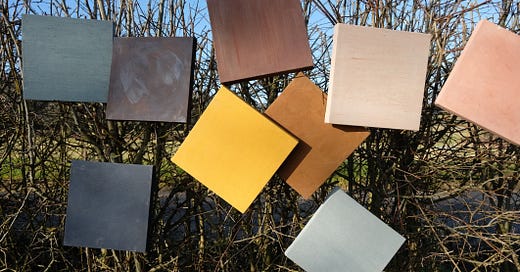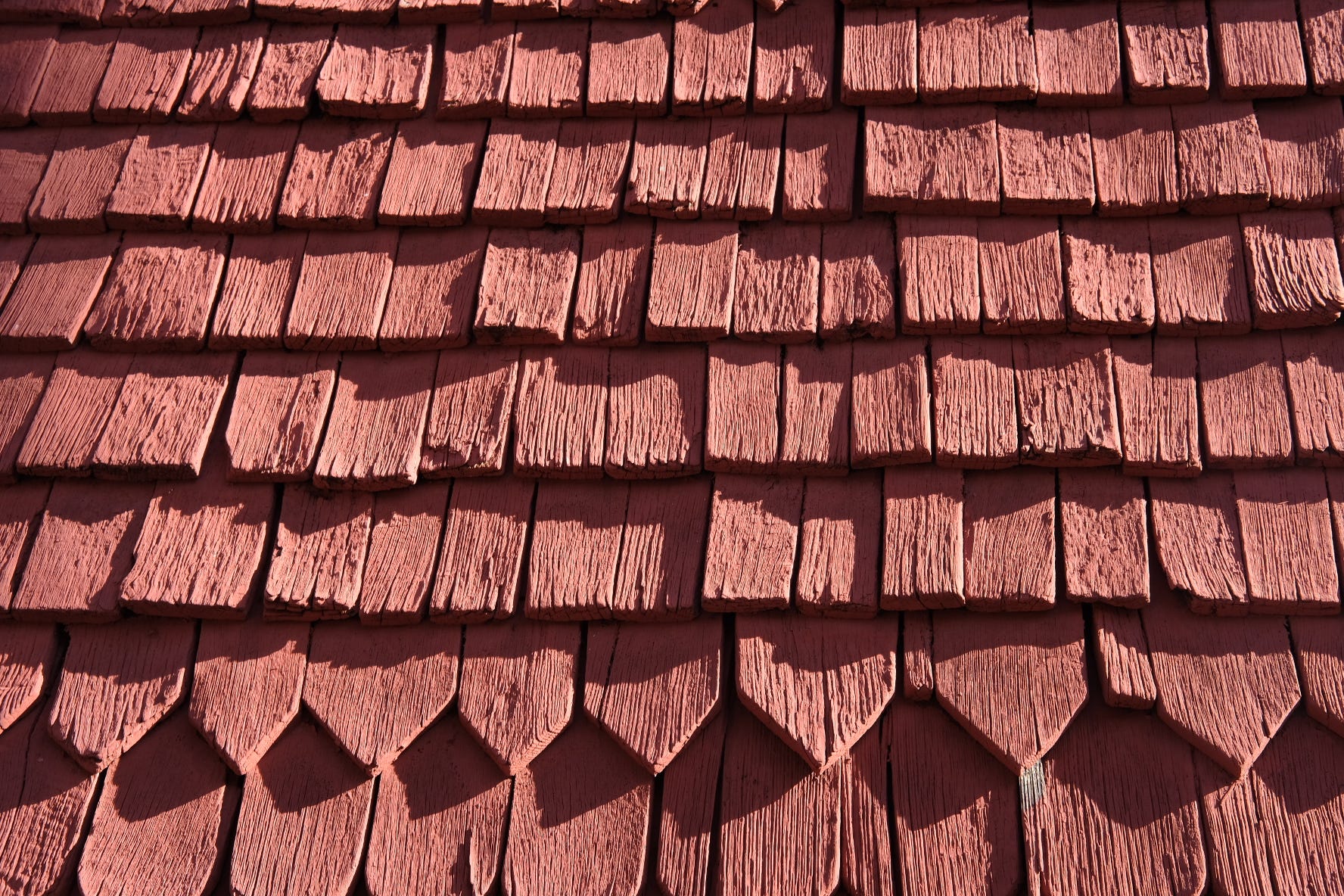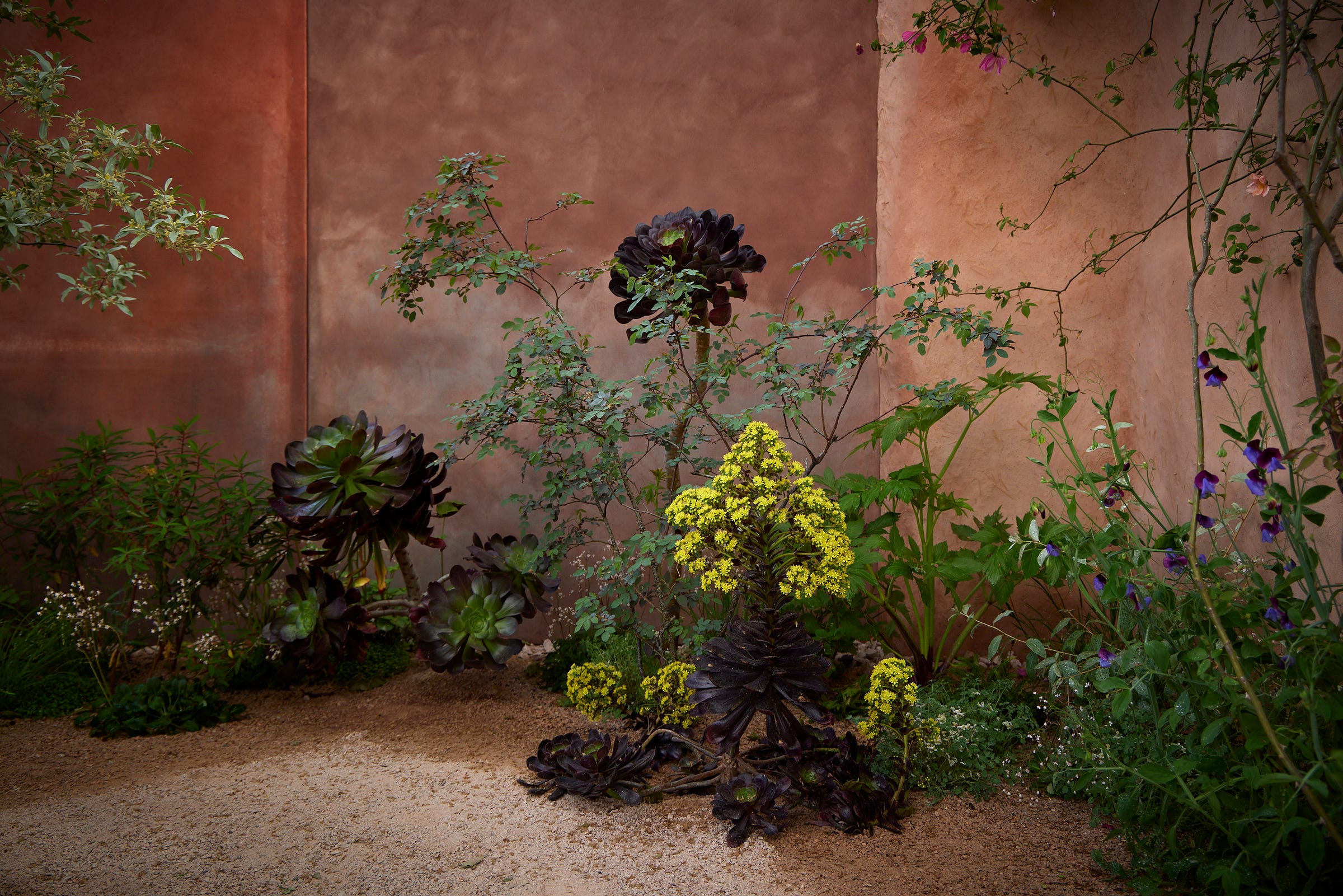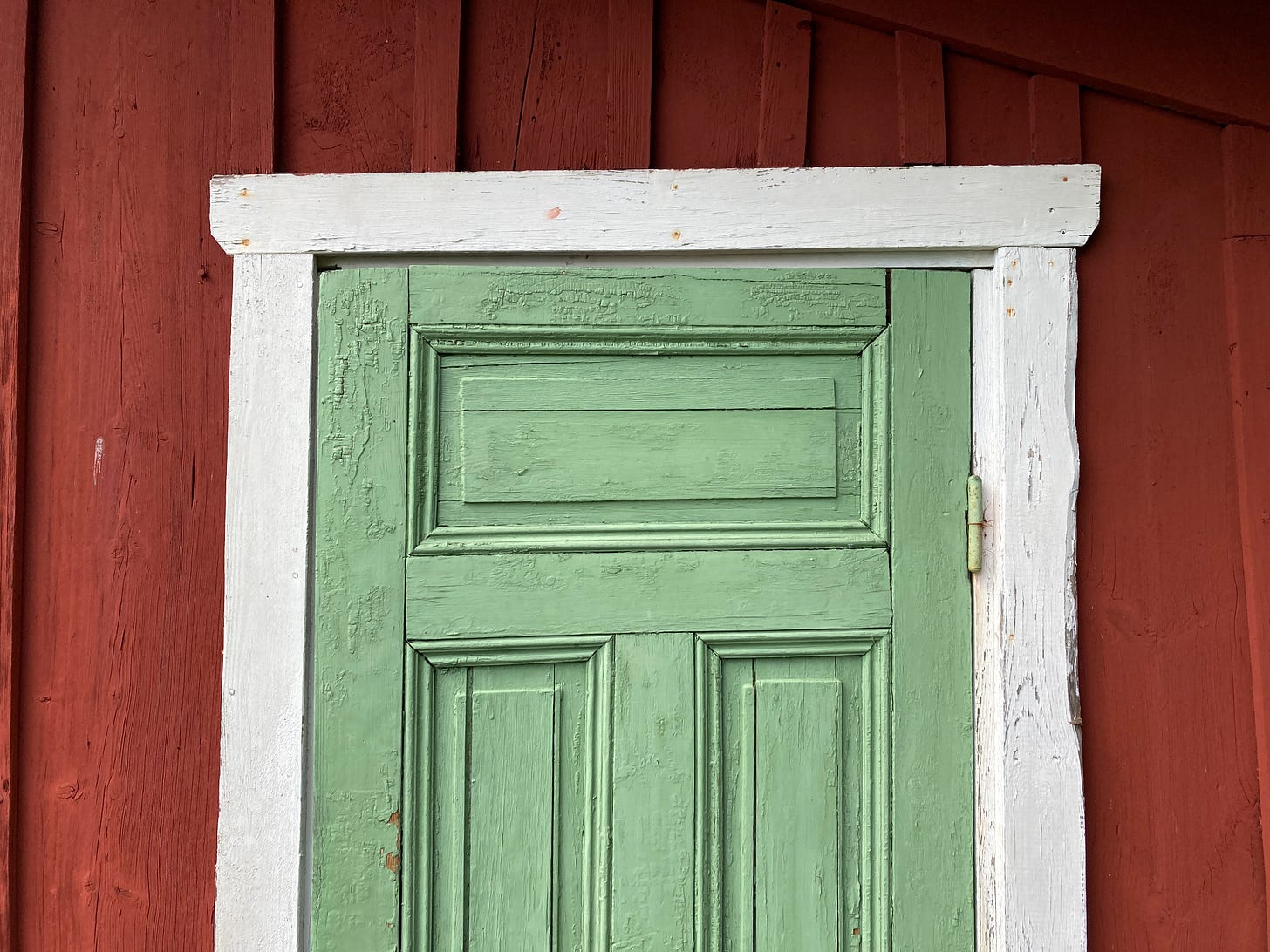We’re launching the first of six live online events for paid subscribers, starting with our ‘Working with Natural Paints’ workshop at 12pm on the 13th of June. Read on to find out more and register for the event. The hour-long workshop, held on Zoom, will introduce participants to the practice of making and working with plant-based paints for a variety of architectural, art and DIY applications. We’ll do a live demonstration and will share a list of ingredients and equipment in advance so you can follow along too. There will be time for questions during the workshop and before the event you can submit questions by email for us to address during the workshop. The session will be recorded and available to access on any time that works for you.
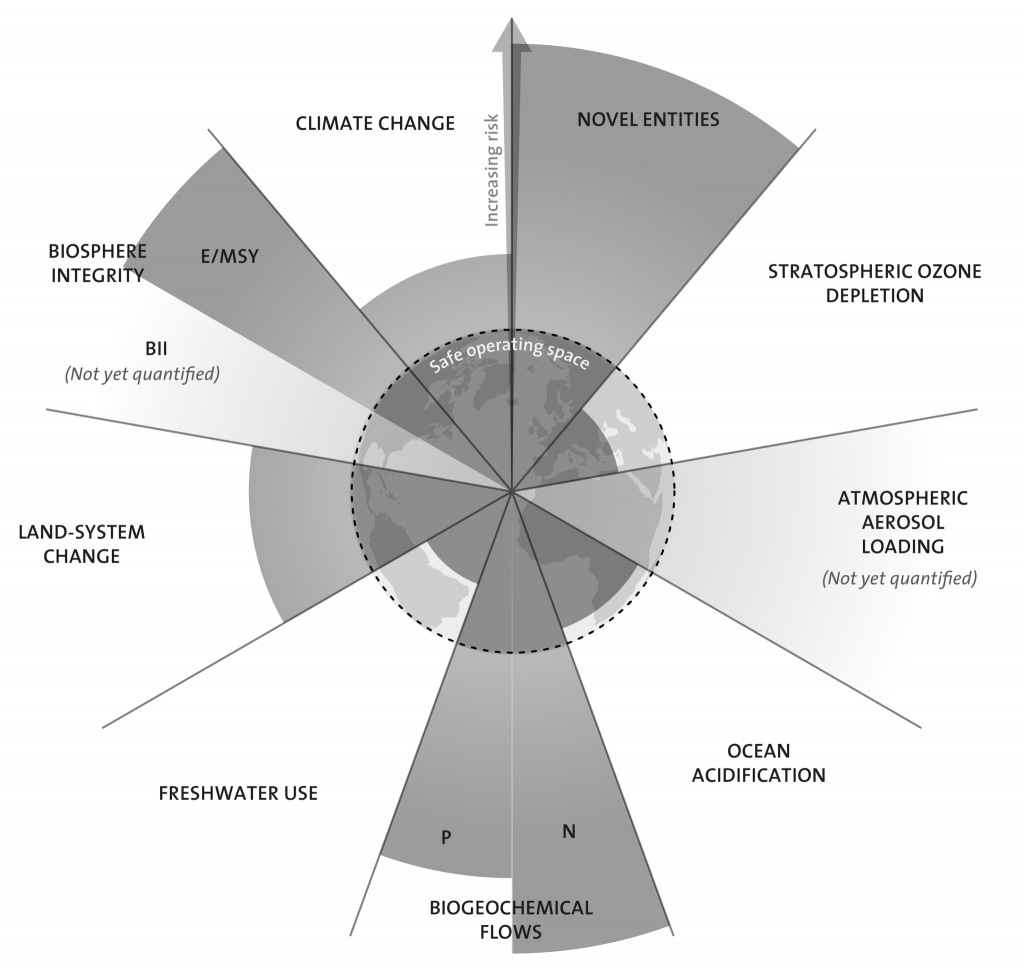
Why natural paints are important
‘Novel entities’ is a term that refers to human-made substances that are new in a geological sense and include paints that cover many of the surfaces of our homes and workplaces. The novel entities boundary in the planetary boundaries framework – a scientific concept that defines safe limits for human activities on Earth, ensuring the planet's stability and resilience - has been exceed to the point that it could have large-scale impacts that threaten the integrity of Earth system processes. (footnote1). Global chemical production has increased 50-fold since 1950 and is projected to triple again by 2050 compared to 2010. 58% of microplastic leaked to the oceans is from paint. PFAS or ‘forever chemicals’ are present in many commercially available paints and carry significant health risks. (footnote2). That half-empty tin of white gloss languishing on the shelf? It may have impacts far beyond us, our homes and our lifetimes and certainly paints a much darker picture than we intend. The answer is to find new ways to protect and decorate our buildings and furniture. Natural paints that are composed of plant materials and inert minerals can provide part of the solution.
Natural paints
Until the nineteenth century all paints were made using naturally derived raw ingredients. Advances in industry and science saw the development of synthetic pigments and additives that enhanced performance and colour but came with costs to the environment and human health. Ordinary paint usually contains: a binder - to give it structure and make it stick to the surface; a pigment – to give it colour and sometimes durability; and solvents – that dissolve the paint to make it useable at room temperatures. Natural paints can contain a wide range of ingredients that make up these constituent parts and vary in their performance and application. Linseed oil, clay, flour, lime, chalk and earth pigments are all common. Plant dyes, beeswax, soap, casein (milk glue), egg, seaweed, wood tar and crushed brick are less usual. Ox blood, beer and whale blubber, understandably rarer still. The advantage of using these ingredients is that they are non-toxic and have a much less significant impact on the environment when compared to synthetic, plastic based paints.
In this workshop we will be making flour paint, which is an evolution of a traditional paint used in Sweden called ‘Falu Red’. This was made using an industrial by-product from the mining of copper ore in the town of Falun. The original pigment ‘falurödfärg’ was high in copper, zinc and lead which made it very durable, antifungal, anti-bacterial, but also toxic. We have developed an alternative recipe that uses readily available non-toxic, natural ingredients, that you can prepare in your own kitchen. This paint can be used to give breathable weathering protection and colour to untreated exterior timber.
Our experience
We have worked with clients and creative collaborators to develop natural paints for projects at a range of scales – including with Sarah Price Landscapes for the gold medal winning Nurture Garden at Chelsea Flower Show 2023, and Assemble architects at Broadridge Farm, in Devon. Local Works Studio have decades of experience in the application, research and development of new and traditional materials, including paints made from plant-based ingredients, alternative pigments and accessible making processes. We regularly teach practical skills and theory related to a range of materials, building processes and landscape contexts to diverse groups of people with varying levels of experience, skill and ability. We can take you step-by-step through the process of making natural paint from scratch, in a way that is adaptable to your needs and allows you to experiment in your own space.
What we’ll do in the workshop
In our hour-long workshop we will:
Introduce ways people work with natural materials to make paint
Look at a range of traditional and contemporary applications
Show you the set up and ingredients you’ll need to make a small batch of paint
Cook some flour and linseed paint!
Show you how to apply your paint and how to maintain your painted surface
Talk about storage of surplus paint
Answer your questions
Workshop format
This workshop will last for one hour and will be hosted on Zoom. It will include live demonstrations from our studio where we will follow the process of making paints from start to finish. During the demo we’ll also aim to answer your questions sent to us in advance and those posted live in the chat. If we’re organised, we may also include some prerecorded video.
Before the event
As a paid subscriber you will receive access, via Grounder’s ‘Stories of Stuff’ section, to illustrated instructions and an ingredients and equipment list, including suppliers. (You’ll find most items in your local shops, if you don’t already have them in your kitchen. A few specialist ingredients are readily available online). We welcome questions in advance, if you can submit them via email before the 9th of June.
After the event
We’ll record the workshop and share this recording with paid subscribers on Substack so you can view it at a time that suits you and at your own pace. We’ll be holding more online events and workshops across the year. They will be quite loose in format and will range from hands-on workshops (like this one) to masterclasses, problem solving and collective ramblings, on a variety of seasonal landscape and material topics, occasionally with special guests. Our next online event will be held on Friday the 1st of August on the theme of Waste Earth.
Grounder subscription offer – link below
In June we will be increasing the rate of publication on Grounder and launching paid subscriptions which will give you access to exclusive writing, workshops and a growing archive of information-dense content, exploring themes of: seasonal plant-based construction; regenerative landscape practices; circular economy, reuse & repair; material invention; bioregionalism; vernacular placemaking; craft; habitat creation and more.
Signing up for this workshop is a great way to get the most from our annual paid subscriptions - at £60 a year, it works out at just £5 a month or £1.25 a week and for this you get access to all six online events and all the content published on Grounder. We think this is great value! We also offer monthly subscriptions but encourage you to consider the annual commitment so that these workshops and the job of providing engaging and useful content around the year is more sustainable for us in the long-term.
Upgrade to paid subscription then register for the ‘Working with natural paint workshop’ by clicking on the Eventbrite link below.

